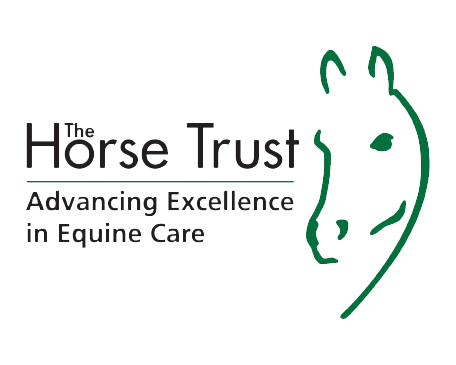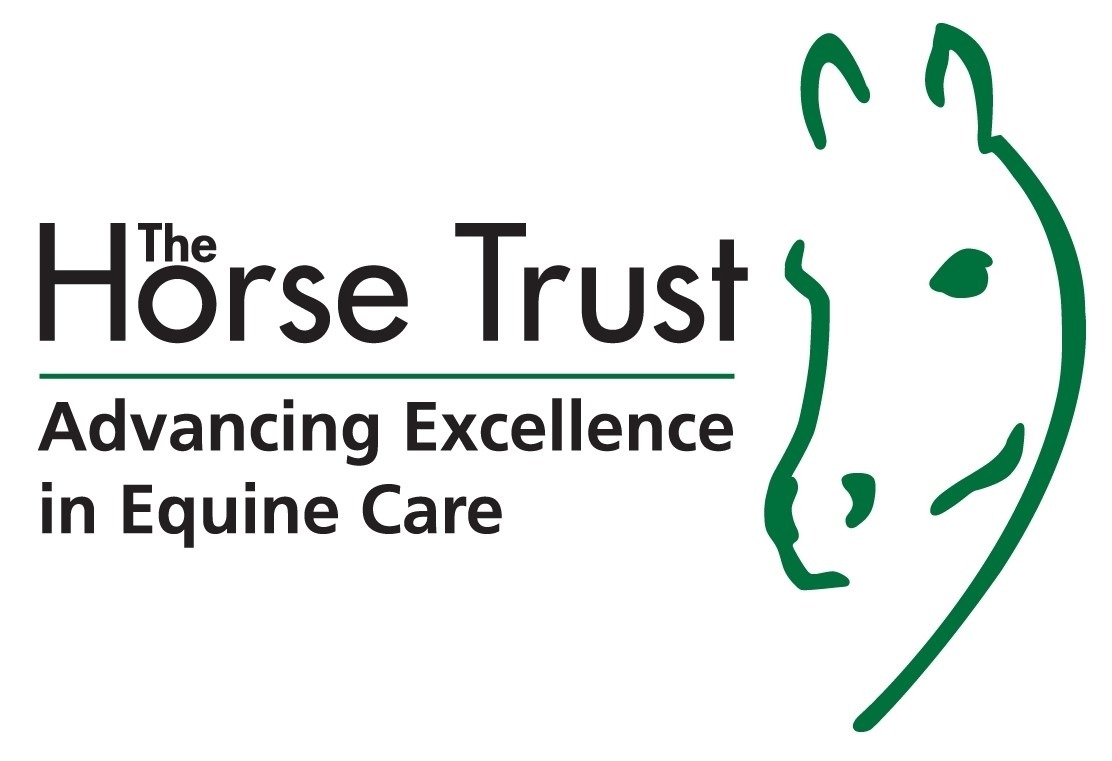OUR STORY
1965


In 1965 The Home of Rest began its funding of equine veterinary scientific research with the aim of positively impacting horse health and welfare across the UK. This research continues to this day. The Home of Rest has worked tirelessly to improve the quality of life of horses, ponies and donkeys across the country. One of the ways we have achieved this is by giving grants to fund a wide range of projects that help improve horses’ health or welfare.
In 1888 we agreed to endorse an ‘air collar’ product which had cured the sore shoulders of one of our residents, ‘Black Bess’. From these small beginnings our funding has gone on to become one of the UK’s leading funders of non-invasive equine veterinary research.
Over the years we have been able to invest in providing top class clinical facilities in nearly all of the UK veterinary schools; an ongoing programme of postgraduate scholarship training and made an unparalleled contribution to ethical, cutting edge scientific research which has paved the way for major advances in the healthcare of horses worldwide.
The Home has supported ethical research projects into a wide range of equine diseases and ailments including laminitis, sarcoids, digital flexor tendonitis, periodontal disease, drug resistance in parasites, strangles, equine herpesvirus, colic, degenerative joint disease, grass sickness and sweet itch.
This research has led to real life impacts in horse welfare such as major breakthroughs in our understanding and diagnoses of Strangles. This highly contagious respiratory infection is the most commonly diagnosed infectious disease in horses worldwide. A grant from the Home helped the Animal Health Trust, the University of Cambridge and the Wellcome Trust Sanger Institute to sequence the genome of the bacterium which causes Strangles and to develop a blood test to diagnose the disease which is now in widespread use. This blood test can identify horses that are infected or carry the disease, so that they can be treated to prevent further spread of the infection. It is hoped that one day this research will also lead to an effective vaccine for the disease.
The role of the Home was also changing at this time – in the early days the majority of the residents were London cab horses. By the 1920s many of their roles had been taken by motor vehicles and most of our residents were cobs and ponies belonging to London tradesmen. After World War I we had provided retirement to our first Army horses – a well-earned rest for these loyal public servants.
Contrary to all expectations, the numbers of animals continued to increase; in 1968 the number of residents reached the hundred mark for the first time in the history of the charity.
The Home for Rest began to take in a wider variety of working horses including pit ponies and seaside donkeys. We even provided a few months respite for 16 huge Clydesdale horses, who appeared as winged horses in the 1983 film ‘Kroll’, whilst the film company found good homes for them.
In the 1970s the first of many Police horses came to us. Brave animals that had worked hard, often in terrifying situations. Today public service is a defining criterion for horses retiring to our Home of Rest. Police horses, military horses or those who have worked to improve the lives of disabled or disadvantaged children such as the Riding for the Disabled Association and The Horse Rangers form the core of today’s residents.











